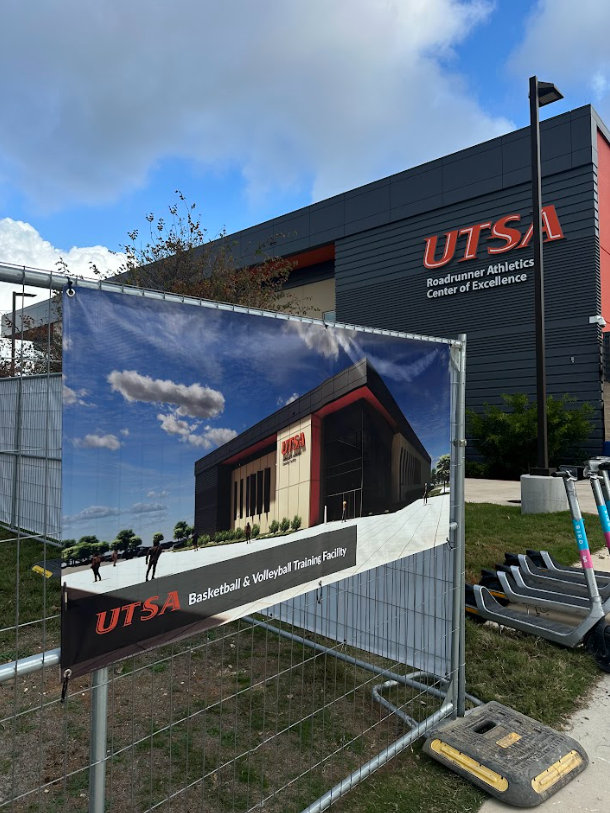“Today I’m at liberty to tell you that we now have samples back from first responders in East Damascus… those samples of hair and blood have been tested, and they have reported positive for signatures of sarin, “ said Secretary of State John Kerry of the Syrian government’s suspected use of chemical weapons. Sarin, a nerve agent classified by the United Nations as an illegal weapon of mass destruction, was allegedly used by the Syrian government on Aug. 21 in Damascus, Syria’s capitol city. According to US government intelligence, the nerve agent was used against 1,400 civilians in the suburb of Ghouta. This announcement hints at the United States’ intentions regarding the use of force in an attempt to quell the regime of President Bashar al-Assad, who took power after the death of his father, Hafez el-Assad, in 2002. President Obama and Secretary Kerry have made it clear that the U.S. would only respond if there was use of chemical weapons.
The Assad family has ruled Syria since 1971 with an iron fist, and has a history of quelling any popular descent, such as the near destruction of the city of Hama in 1982, which saw the death of 20,000 civilians by the hand of the regime. Two years ago, following the examples of Tunesia, Libya, Egypt, Yemen and Bahrain, Syrian youth took to the streets to demand an end to Bashar al-Asad’s regime. The protesters were met with police and paid thugs, the “Shabiha”.
“I remember every time we took to the streets (in 2011), we were met with guns, guns and more guns. I saw so many die,” said Yazan, a 20-year-old resident of Damascus who refused to use his full name in fear of government detention. “The least armed man of the Shabiha wields a machete. Most have Kalashnikov rifles (AK-47s) that they use liberally against anyone who protests. As a result, protests inside Damascus (against the regime) are almost nonexistent now.”
Outside of the capital, the country has been in a perpetual state of civil war for the past two years, claiming the lives of an estimated 130,000 civilians, and 2.5-3 million displaced persons who currently live in UN tent camps in neighboring Jordan, Turkey and Lebanon. As a response to the carnage, the Free Syrian Army (FSA) was one of many groups formed in an attempt to overthrow the Assad regime by force. Beginning as a grass roots movement, the FSA was later endorsed by independent benefactors and foreign governments as Syria became unstable.
Ideological differences, however, have created a divide within the FSA which has been the major obstacle in their operational, logistical, and organizational effectiveness. After various failed attempts at unification, a conference was held in Antalya, Turkey, which was attended by 260 rebel commanders and government officials from Saudi Arabia, Turkey, Qatar, France, the United Kingdom, and the United States.
The meeting attempted to address the operational and organizational issues which hinder the FSA’s success. The various parties agreed upon the formation of a Supreme Joint Military Command (SMC), headed by Major General Sami Idris.
The purpose of the SMC was as follows: to unite forces on the ground and ensure operational success; to eliminate external pressure and eliminate their influence over fate of the Syrian people; and to reduce the influence of extremist forces. In February 2013, US Secretary of State John Kerry stated that the United States would provide non-lethal aid (food, medicine, and training) through the SMC.
Nevertheless, the FSA does not have an air force; one of the major reasons why the government has been able to exact such lasting damage. “Any part of a city that is rebel controlled is completely cut off from the outside world. This is because any time the rebels take part of a city the Syrian government forces begin cutting power lines and blockading the city. This means that there are food shortages, and that basic needs are cut off, such as hospitals that rely on generators. Later, the government will destroy the part of the city that is taken by rebel ground troops and its inhabitants,” said Mohamad al-Tabbakh, a Syrian student who is currently living in the United States. “All of my brothers are still in Aleppo on the government’s side of the city. I have yet to hear from all of my friends on the other (rebel controlled) side.”
With regards to Kerry’s announcement, President Obama recently shed light on what the US government is willing to do to aid the rebels, stating “This would not be an open-ended intervention. We would not put boots on the ground. Instead, our action would be designed to be limited in duration and scope.”
This is not new, as the US has previously intervened in conflicts where the rebels were outgunned and outnumbered, such as the removal of longtime dictator Muamar Ghaddafi in Libya. However, fears run high, as the legacy of the Iraq war is still sketched into people’s memory, as the US entered the Iraq War under circumstances similar to the Syrian conflict. Not surprisingly the UK’s parliament refused authorization for the use of force in Syria on Aug. 30. “The US still sees itself as the guardian to the world. It wants to continue the precedent it set to completely deter anyone who used weapons of mass destruction” said Dr. Mansour El Kikhia, the UTSA Department Chair of Political Science. “The United States is caving to international pressure to intervene in the conflict. This is why it has taken two years for any action to be taken by the US government.”
“I hope that this strike will make an end to this regime, even though I doubt it” said el Tabbakh. “I’m afraid it will bring more chaos to my country. I believe there will be no winner in this war.”






